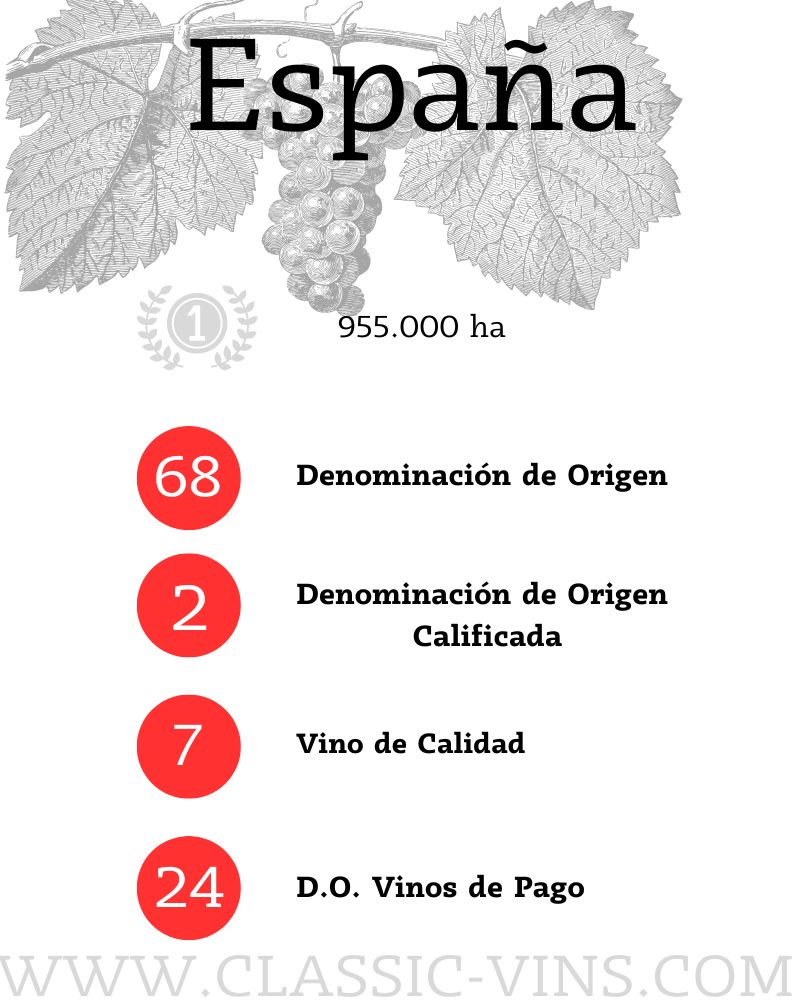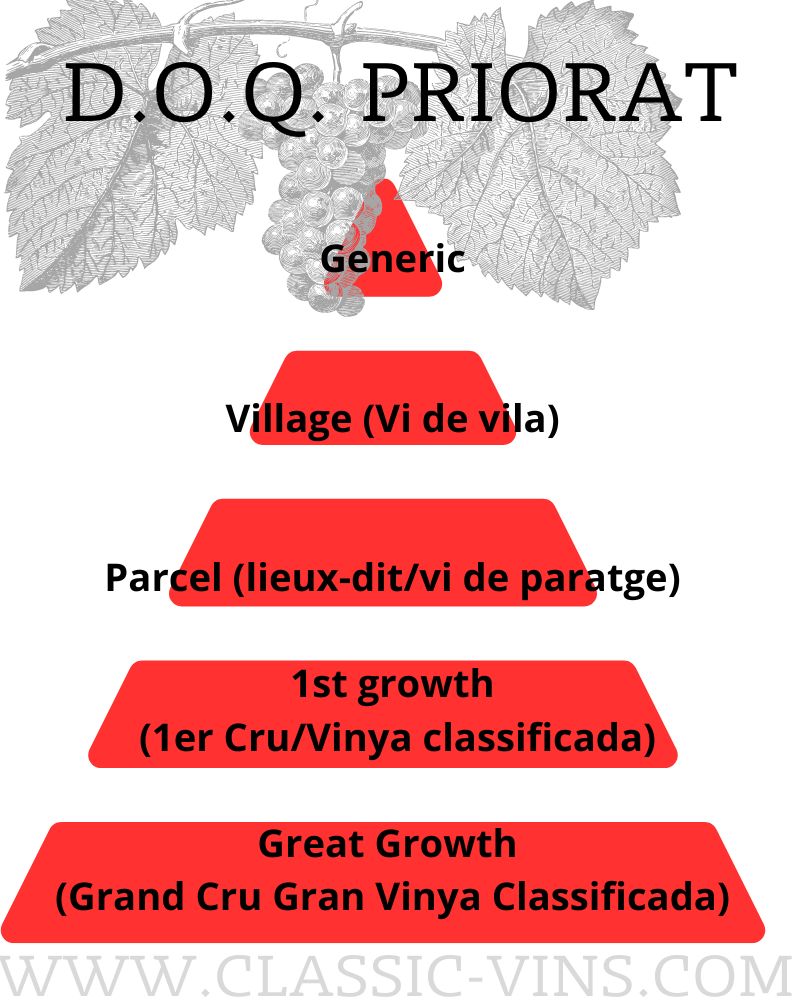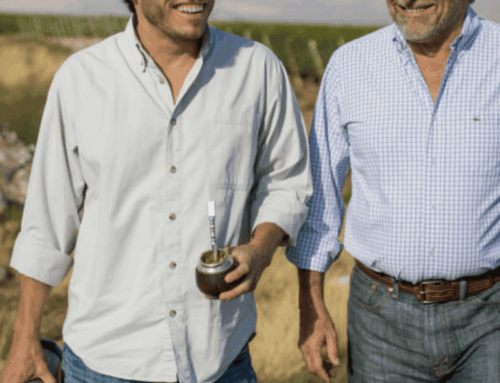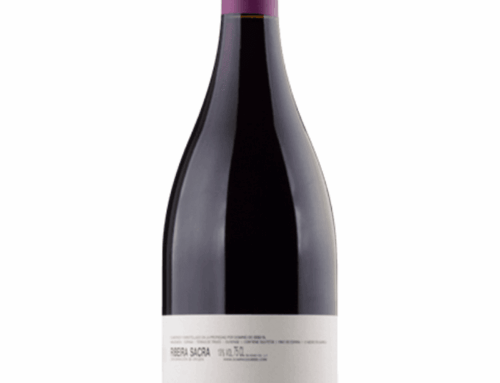Spanish D.O.s
Have ever asked yourself, how many wine regions can we find in Spain? Interesting topic, well this quick post will enlight your doubts.
Officially Spanish D.Os have been created in 1932 to protect their names, notoriety, wines and commerce. With the exception of La Rioja, that had is Consejo Regulador created in 1925.
So far, Spain has 101 DOPs
Look at the picture n1, which esplain briefly how it is organized
2 D.O.C.A (Rioja was promoted in 1991, and Priorat in 2000
68 D.O. (La Mancha, Bierzo, Rias Baixas, Manchuela, Ribera del Duero, Granada…)
24 D.O. Vinos de Pago
7 V.C (Cangas, Cebreros…)
68 D.O.s and 2 d.o.c.a
Besides the fact that Spain has a much lower amount of D.O.s than other main players in the industry, especially in Europe. There is no doubt that situation will change over the coming years. Effectively many DOs are huge, DO Castilla-La-Mancha covers 151.000 Ha of vines! Thought to be the largest in the world. Others such as Catalunya with 46.500Ha, Rioja goes up to 66.000ha, Ribera del Duero, Penedes or Jumilla are roughly the same with 22.500Ha each. Such great extension of land cannot offer homogeneity of climate (sunlight, Rain and Temperature), aspect, altitude, or soil. Hence, the necessity to divide such broad wine regions into official sub-regions.
Priorat and Bierzo
In that sense 2 D.O.s have taken subject even more seriously. Yes, I am talking about Bierzo and Priorat. Priorat, which represent 2000ha vines, has a 5 steps Burgundy-inspired classification.
Generic
Village (Vi de vila)
Parcel (lieux-dit/vi de paratge)
1st growth (1er Cru/Vinya classificada)
Great Growth (grand Cru. Gran Vinya Classificada)
On the top of it Priorat has regulated the “old vines” mention. Vines must be at least 75 years old!
Bierzo is installing a similar classification where Villages and parcels’ names are appearing on the labels. Villages such as Valtuille, Corullon O Las Medulas are clearly promoted on labels as are some parcels with Rapolao being shared by different winemakers.
It provides precise information to wine lovers which can determinate their preferences. Also, it brings more depth and complexity to a specific wine region. It underlines all the nuances available within a geographically demarcated area.
Specific wines
Furthermore, several DO’s produce peculiar wines, usually traditional and confidential, that cannot be produced in other D.Os or at least it is forbidden to use their name outside their respective D.O.
Dorado/palido from Rueda
Malvasia de Sitges from Penedes
Fondillon from Alicante
Tostado from Ribeiro
Garnacha d’Emporda from Emporda
Every single one of them belongs to their respective D.O.s as Manzanilla de Sanlucar de Barrameda once belonged to Jerez… So I guess there is room for more D.O.s
D.O. Cava
Utterly different, Cava is one D.O. that contrasts from the majority, not because it exclusively elaborates sparkling wine, but for the fact that is a multiregional D.O. A particularity that allows producers to craft and use the word Cava in La Rioja, Aragon, Valencia, Catalunya and Extremadura. An uncomfortable situation that forced some top producers to leave the traditional D.O. for Classic Penedes or Corpinnat. The great majority of Cavas are traditionally produced within the Pendes’area.
24 DO Vinos de Pagos
This category is kind of unique as it is exclusive to one producer. The first one was Finca Elez, and now it includes great names such estates as Abadia Retuerta or Dominio de Valdepusa. Anyway the concentration of D.O.s vino de Pago is exceptionally high in Castilla-La-Mancha.
Generally speaking the quality of the wines are impressive. But as Pedro Ballesteros MW (Master Of Wine) describe them in his brilliant book, they are closer in style to some Australian or Californian wines than Spanish wines. I could not agree more! They tend to focus on international varieties.
The trouble being that the spanish word “pago” in the industry is not exclusive to this category. So, it can appears on labels as some estate are called Pagos de Carraovejas or Pagos de Valcerracin, which in that case both belong to the DO Ribera del Duero. Additionally, a producers’ association also include that word. “Grandes Pagos de España”
7 VC (Vinos de Calidad)
This category are basically future canditate for D.O. 2 of them are already enjoying good exposure, Cangas in Asturias and Cebreros which is now a serious winemaking wine region in the of Sierra de Gredos in Avila.
To conclude, it makes no doubt that Spain’s wine industry will develop even more layers of details within each D.O. Many vineyards and indigenous grape varieties are still waiting their moment. A hand-gifted individual that will mark the difference! It is always a thrill to discover new wines crafted by characters such as Marcos Eguren, Raul Perez, Rafael Palacios, or Javier Pejenaute amongst others!







